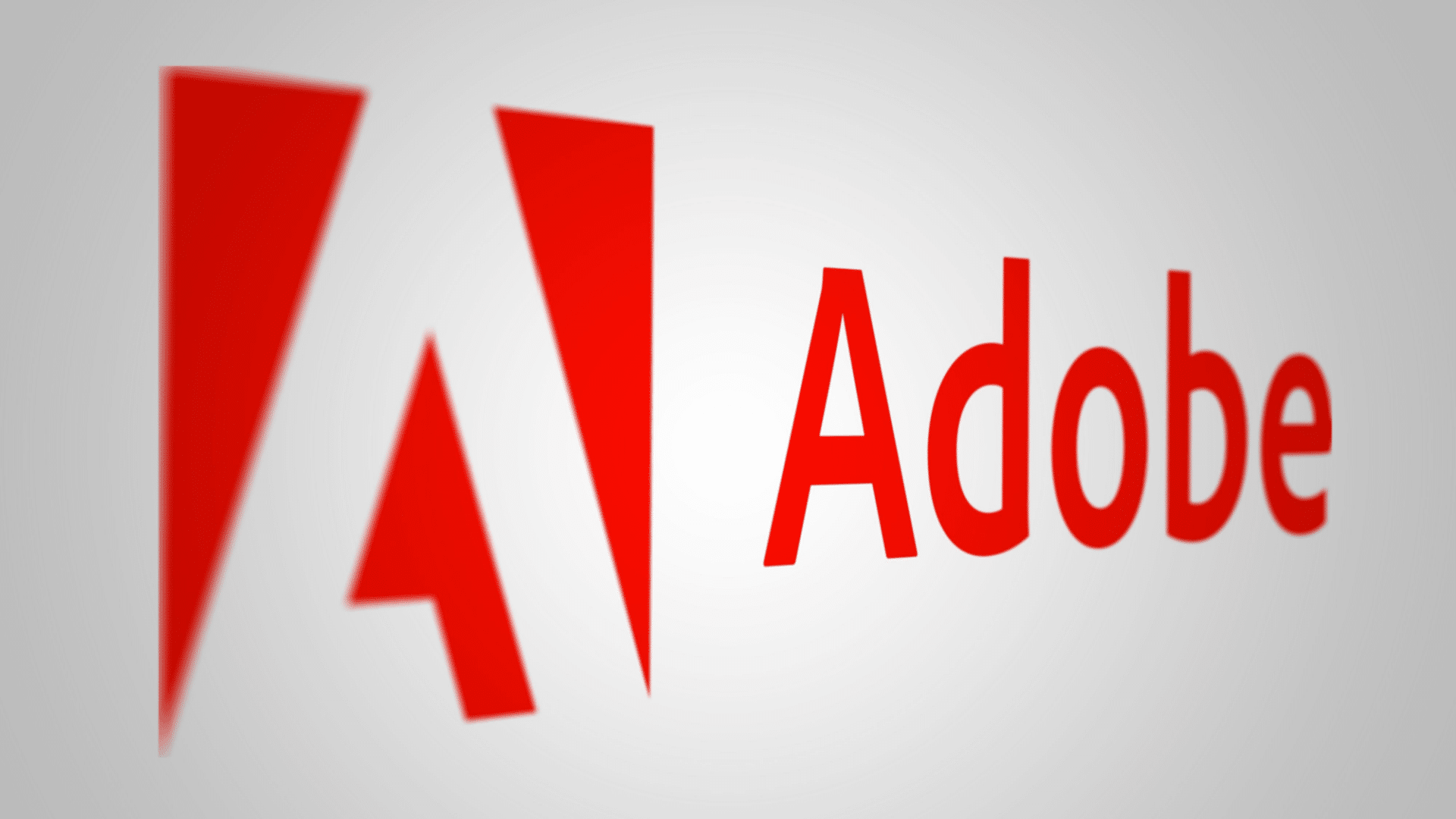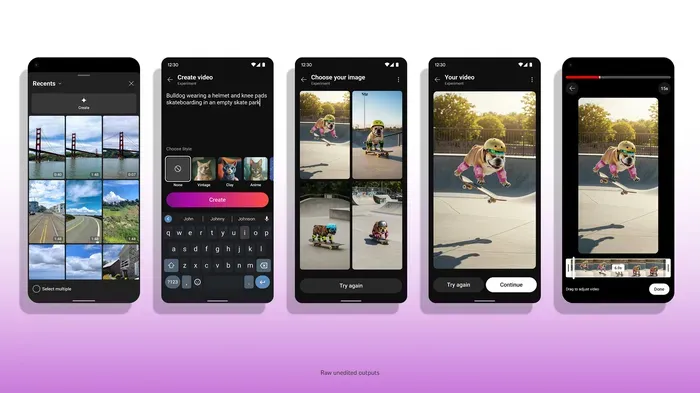The advantages of Business Intelligence and Data Visualization are becoming more apparent to businesses worldwide. Many of these organizations use Power BI, a Business Intelligence service, to implement these valuable techniques on their business data stored in the Cloud Data Warehouse and various other sources.
Users may need access to these reports on multiple devices in various situations. These devices may not have enough processing power to host/run the full version of Power BI Desktop; in some cases, reports must be sent via email. Power BI Report Server can be a handy and effective tool in such situations.
What Exactly Is Power BI Report Server?
A Power BI Report Server is an on-premises report server where Power BI reports are hosted. Users can access accounts hosted on the on-premises report server through a web portal.
Because the report server is based on the SQL Server Reporting Service (SSRS) architecture, it can also host paginated reports, mobile reports, and KPIs. You can use a web browser, a mobile device, or email to access and view all types of essays on the report server.
Hosting Power BI reports on an on-premises report server has several advantages. It is Power BI Service compatible, and you can easily integrate it with your existing Reporting Services. In addition, many organizations prefer on-premises report servers for security reasons. According to organizations, important reports are safer to store on-premises than in the cloud.
Features Of BI Report Server
Critical features of BI Report Server are as follows:
On-Premise Capabilities- Power BI Report Server reports are hosted locally. On-premise solutions enable users to collaborate safely. You can also host rdl – Paginated Reports and KPI Dashboards and mobile – Mobile Reports.
Mobile Connectivity- Reports stored in Power BI Mobile can be accessed via mobile connectivity. iOS, Android, and Windows Mobile are among the supported platforms.
Custom Visualizations- It allows you to create your visualizations.
Critical Elements Of Power BI Report Server
Some of the critical elements of the Power BI report server include:
Web Portal
The secure Web Portal of Power BI Report Server is the primary interface the user will interact with. The user can access their Reports, Dashboards, and KPIs from any device that can run a modern browser through this portal.
Schedule report processing, access reports on demand, and subscribe to published reports are all available through the Web Portal. Power BI reports Mobile Reports, Paginated Reports, KPIs, and Excel Workbooks are among the content categories. The files are organized in a traditional folder hierarchy, and the interface is simple to use.
Paginated Reports
These are reports with tables that expand both horizontally and vertically. They are documents in the rdl format that generate files optimized for printing, such as PDF and Word.
Power BI Reports
Power BI Reports are multi-perspective data visualizations used to represent and analyze target datasets. This feature allows users to create pbix reports in Power BI Desktop, publish them across the web portal and view them whenever they want.
Mobile Reports
These are the types of reports that can be accessed through an on-premise server connection. These reports have an interactive layout that adjusts to different mobile device screen sizes and aspect ratios. SQL Server Mobile Report Publisher is commonly used to create them.
Steps To Install Power BI Report Server
There are two ways to license the Power BI Report Server: Power BI Premium or SQL Server Enterprise Software Assurance.
Follow the steps mentioned below to get started:
- Locate and run the Power BI Report Server.exe installer from there.
- Choose Power BI Report Server from the drop-down menu.
- Choose the addition you want to install next.
- After reading the license’s terms and conditions, click next.
- A database engine must be present to store the report server database. Click next to install only the report server.
- Precisely, the installation’s location. Select install to continue.
- After completing the report, the server selects the Configure report server to start reporting services.
Key Benefits & Drawbacks Of Power BI Report Server
Since the power BI report server is built on the SQL Server Reporting Services (SSR) Framework and has interactive features, it can be hosted, shared, and collaborated on entirely within the firewall of the user organization.
The benefits of using this server are as follows:
- On-premises – Unlike Power BI Service and Power BI Premium, this product version is installed in an on-premises environment and configured to only work in an on-premises environment.
- Power BI Reports – The server enables the deployment of Power BI Reports.
- The Framework For SSRS – The SSRS Framework allows user organizations to transfer reporting assets such as paginated reports, mobile reports, KPIs, and Excel Workbooks.
The database is included in the Power BI Premium capacity purchased with the Power BI Service. As a result, this method is the best choice for companies looking to build a BI architecture and model using visualizations on both cloud computing and on-premises.
Even though the service’s design primarily benefits its users, this tool does have some flaws.
Some of its drawbacks are as follows:
- A browser cannot create Microsoft BI reports.
- The tool does not include dashboards.
- Full-screen mode is not available
- There are no datasets available. As a result, data cannot be shared between reports.
- Excel is not suitable for analysis.
- It is impossible to form many-to-many relationships.
- There are no data cautions.
- You cannot create content packs due to a lack of necessary skills.
- There aren’t enough quick insights.
- There are no R-visuals available.
- There are no options for previews
- Only a few changes and improvements have been made.
- Specific custom visuals created by the Microsoft BI community do not work.
Despite the drawbacks, you can use it to help you publish interactive reports and share them with end-users. Furthermore, workspaces, apps, and dashboards are not supported.
Reports can only be shared and published in the same way SSRS reports can be shared and posted in Native Mode because the tool is based on SSRS technology.
Conclusion
Power BI Report Server is one of the best on-premises analytics software infrastructures for users to create custom charts and layouts despite its flaws. Additionally, specific tools such as Power BI Reports, Mobile Reports, and others are available to the user organization.
Finally, each business or organization must determine whether this app meets its enterprise reporting requirements.























































![Assessing the Winners of the Super Bowl Ad Blitz [Infographic] Assessing the Winners of the Super Bowl Ad Blitz [Infographic]](https://imgproxy.divecdn.com/kzzGkWf5O2q5NPX8no-8ErGd5bFiXZjPZlEp8PIZVsw/g:ce/rs:fit:770:435/Z3M6Ly9kaXZlc2l0ZS1zdG9yYWdlL2RpdmVpbWFnZS9zZW1ydXNoX3N1cGVyX2Jvd2xfMjAyNTIucG5n.webp)















